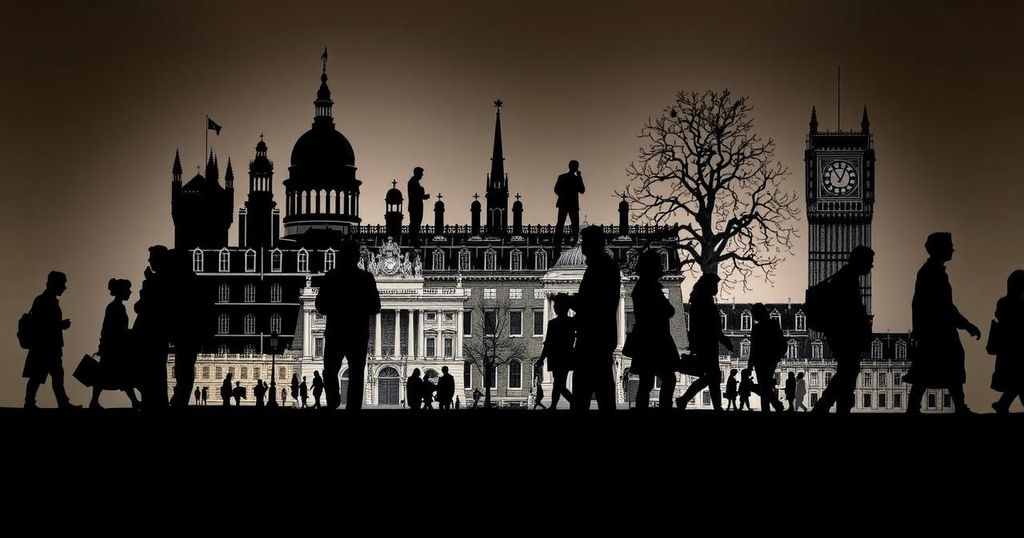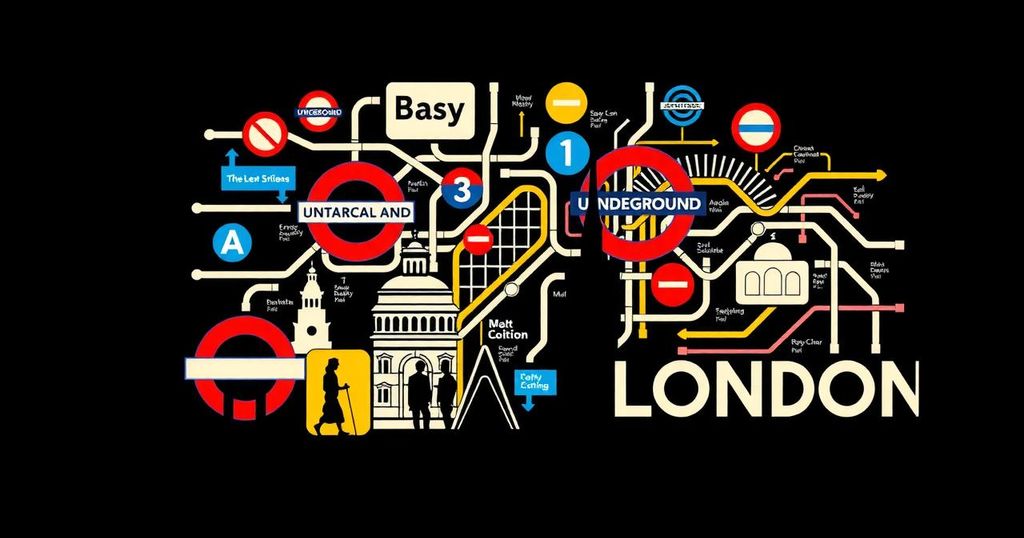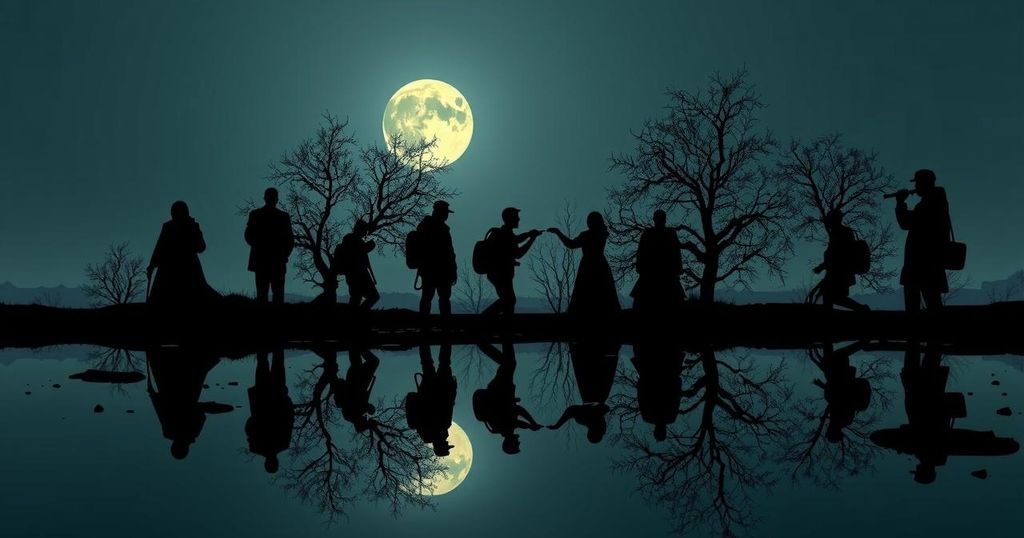Two museum exhibits in the UK retrace Cold War impacts, showcasing the “Protect and Survive” pamphlet and examining Scotland’s strategic role. They invoke reflection on modern-day conflicts amid historical anxieties.
Two current museum exhibits in London and Edinburgh reflect on the Cold War, revealing the era’s impact on public consciousness and drawing parallels to present-day conflicts. Central to this exploration is the 1980 pamphlet “Protect and Survive,” issued by the British government, which warned citizens that even the safest places were not foolproof against potential nuclear attacks. The guide provided essential tips for preparing a fallout room, including storing water, food, and warm clothing, while cheekily advising, “don’t forget to take this booklet.” The exhibit “Cold War Scotland” at the National Museum of Scotland unpacks how this geopolitical tension influenced Scotland, highlighting its strategic position as a military base for the US and the heightened tension that positioned it as a frontline location. The curator noted that many are surprised to learn about Scotland’s crucial role during this period, as its geographical features made it an ideal surveillance point post-WWII and the formation of NATO. Although the exhibits were not created as a direct response to current global tensions, the context invites reflections on modern conflicts, such as the ongoing war in Ukraine.
The Cold War, lasting from approximately 1947 to 1991, was characterised by political and military tensions between Western nations, led by the United States, and Eastern Bloc nations, led by the Soviet Union. In the UK, the government implemented various civil defence measures to prepare for potential nuclear attacks. The pamphlet “Protect and Survive” exemplified these actions, aiming to educate the public on how to survive an attack. Recent museum exhibitions in the UK aim to revisit these historical anxieties and their implications for contemporary society, particularly in light of current global conflicts that echo Cold War dynamics.
The exhibits in London and Edinburgh serve as poignant reminders of the Cold War’s legacy on civilian life, emphasising Scotland’s strategic importance during this tense period in history. They provoke thought about current global conflicts while also honouring the legacies of those who lived under the shadow of nuclear threat.
Original Source: www.nytimes.com







